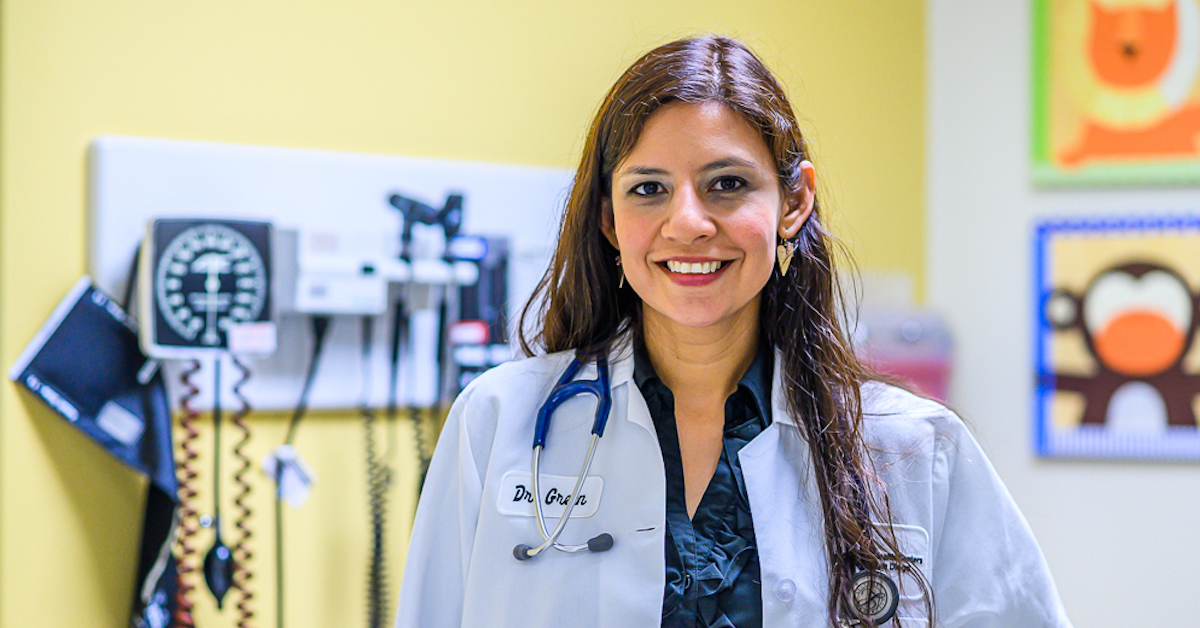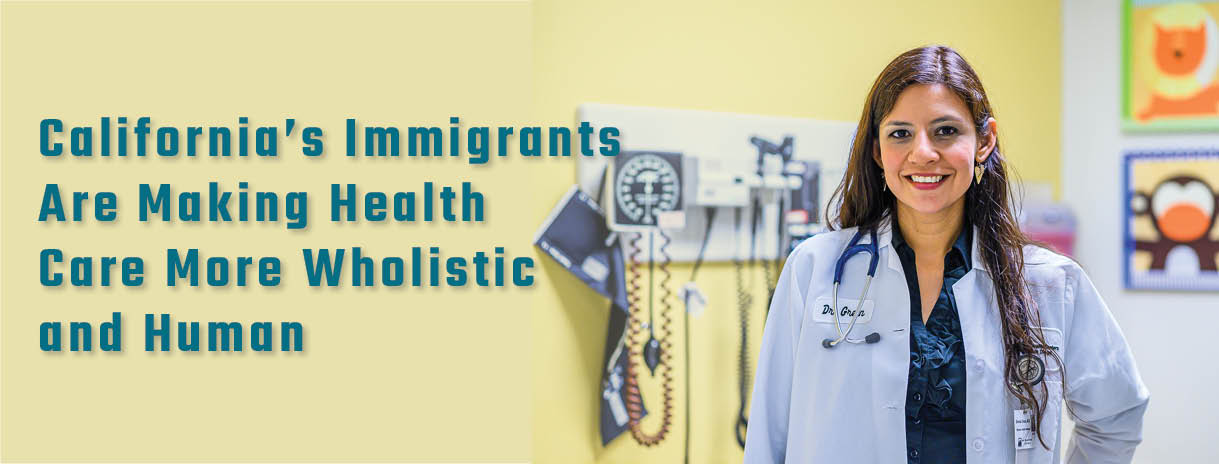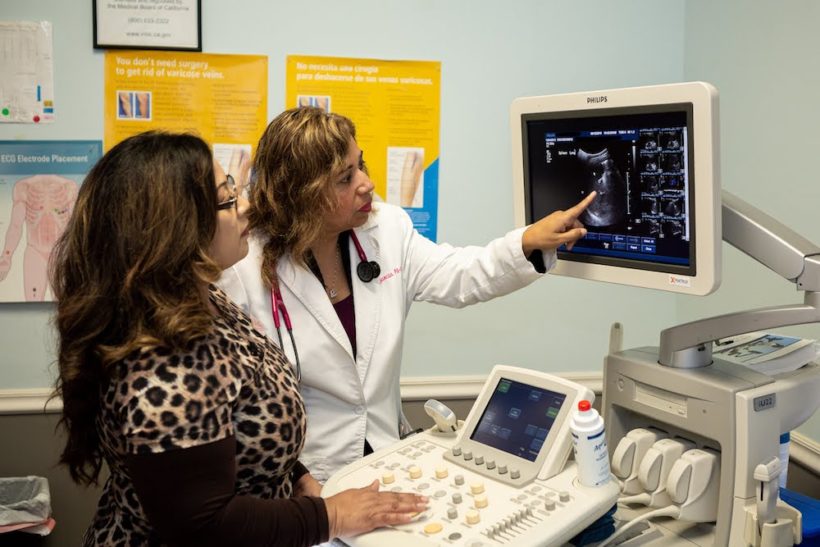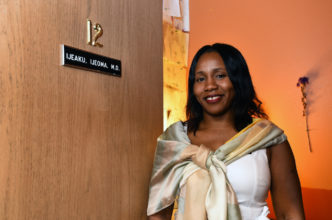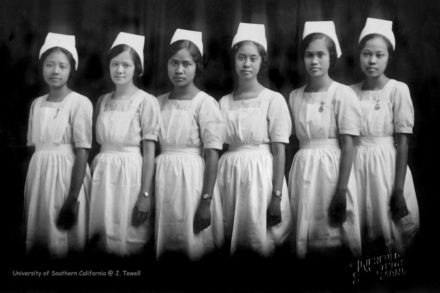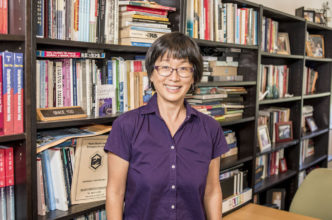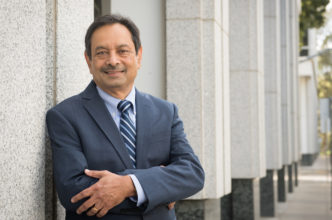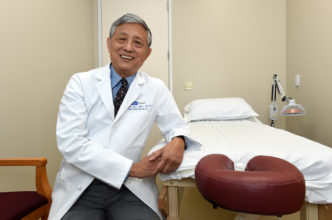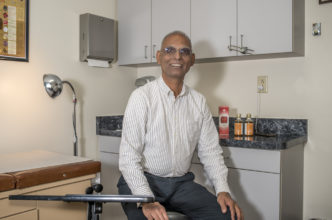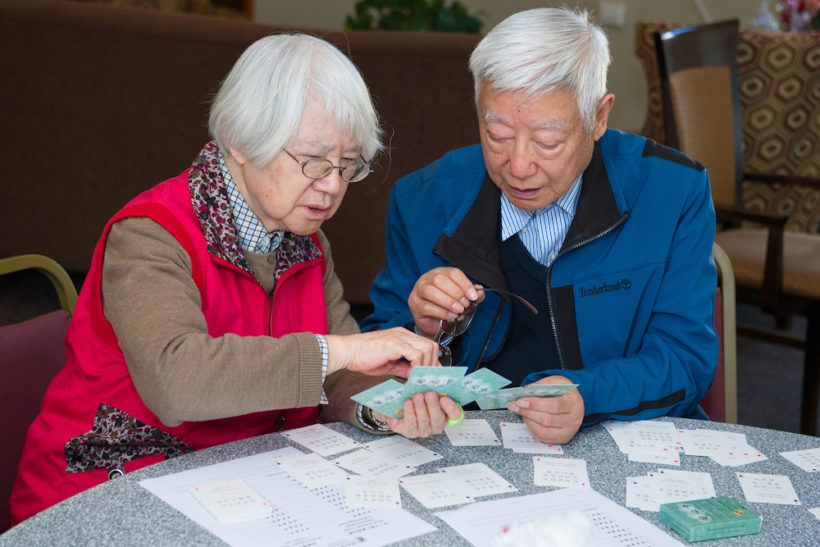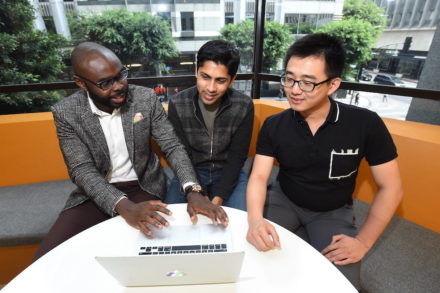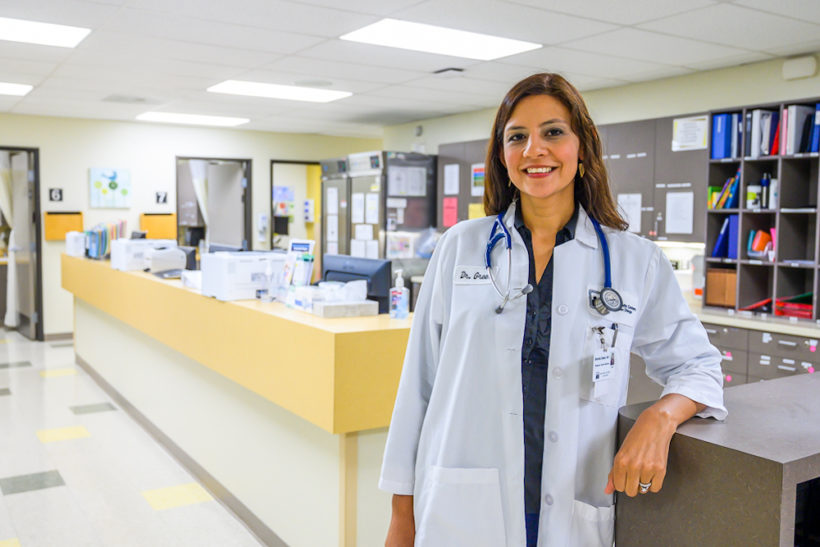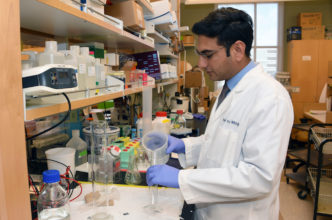We Put the Ultrasound Machine in the Local Pharmacy
Physician Assistant Luz Garcia Is Bringing a Family Practice to Where Her Community Is
If you walk into the local pharmacy in downtown Gonzales and turn to the right, you’ll see an examination room with an ultrasound machine. It represents more than just a cheaper alternative to an ultrasound at a hospital or other facilities in the Salinas Valley. It’s an example of the health care system I think we should build—one that meets our patients’ and their families’ medical needs first, treating them at the most accessible times and most convenient places for them, and at an affordable cost, regardless of whether they are insured, uninsured, or underinsured. …




